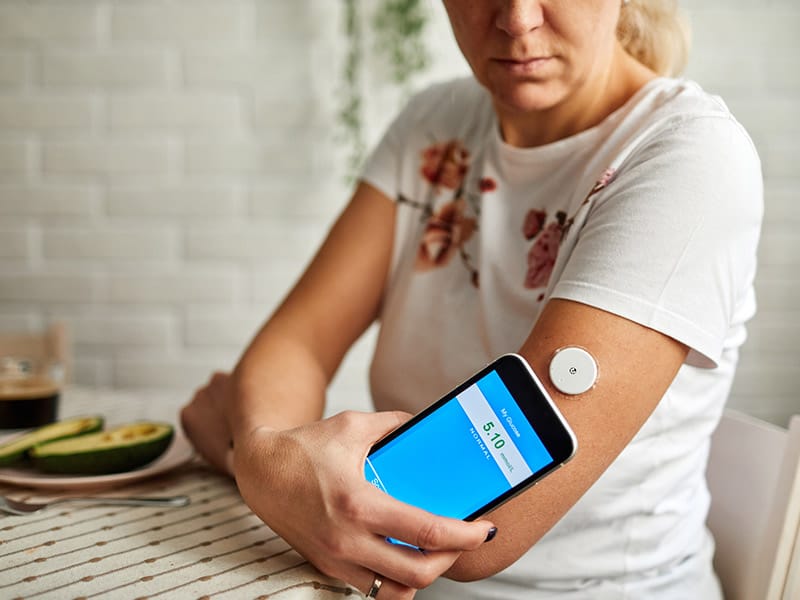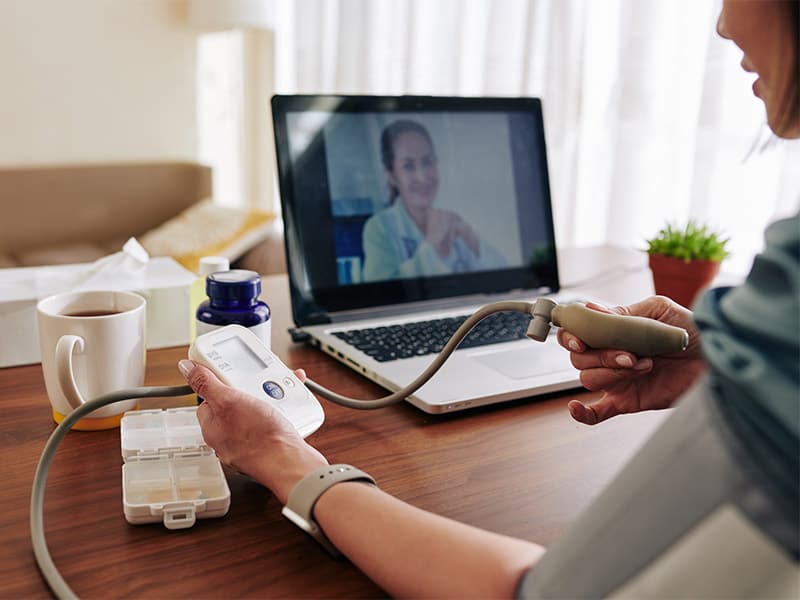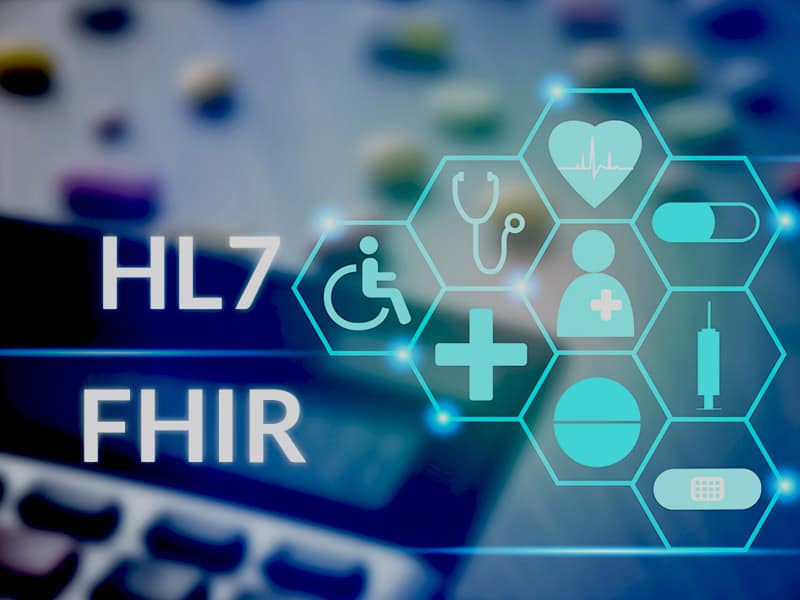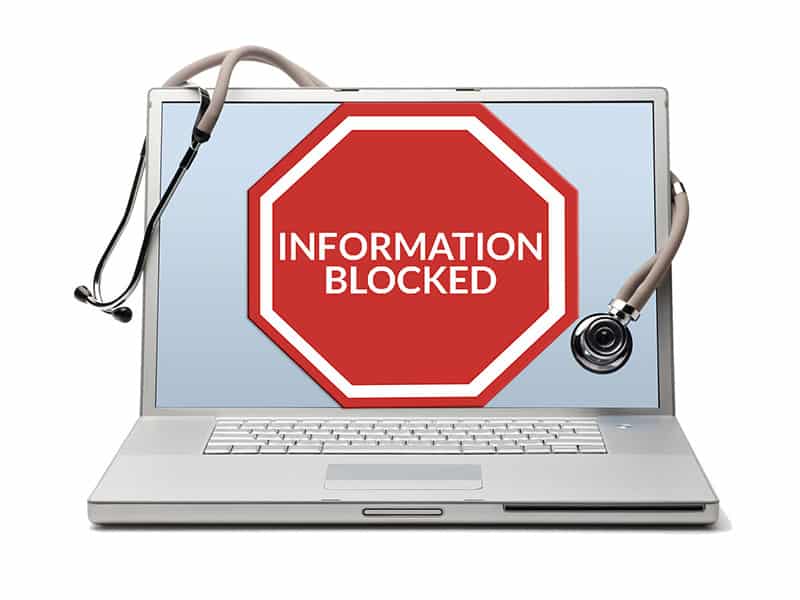A Guide to Remote Patient Monitoring EHR Integration
Keys to successfully integrating RPM into the clinical workflow.

Remote Patient Monitoring (RPM). Conceptually, we know it has the potential to be a serious game-changer in healthcare. With the ability to monitor high-risk patients outside of the clinic setting, providers can more easily avert unnecessary Emergency Department (ED) and hospital admissions, and better engage their patients in their care plan. This drives better care outcomes, reduces cost, and improves patient satisfaction. It also gives physicians the confidence of knowing their patients are cared for, their metrics are met, and they’re generating revenue for their practice. However, successful deployment requires an RPM EHR integration.

Operationally, though, it’s not easy. Patients need to be enrolled and receive services monthly. And the data from the encounter needs to get back to the EHR in a way that’s meaningful for clinical care and billing. Physicians know they need integration between their EHR and RPM solution in order to make it all work, but they don’t know exactly what that integration should do. And RPM vendors struggle to get any data out of EHRs and into their RPM system, much less the necessary data.
In this increasingly crowded market, the dominant RPM players will be those who can do three things:
-
Provide services that support the entire RPM workflow, minimizing the level of effort required by clinic staff.
-
Demonstrate expertise in RPM to EHR integration and provide guidance to their clinic customers as to what an integration should look like to optimize clinical outcomes, staff efficiency, and net patient revenue.
-
Be able to execute on integrations very quickly, without creating the typical integration project nightmare for clinic staff.
Unfortunately for RPM vendors, the road to EHR integration is laden with some pretty big barriers.
RPM Integration Misconceptions: What Data Providers Need and Don’t Need
Before you begin the actual technical aspect of integrating your RPM system with an EHR, it’s important to keep in mind that providers don’t want to clutter their EHR with every single reading as discrete data. They’ll never have time to look at them all, and EHR’s aren’t designed to record and visualize data outside of encounters. That’s a capability that your platform should provide. What providers need is to have data available in the EHR in a way that supports billing and clinical care. They also most likely will want to know if predefined thresholds are exceeded, so they can take action when action is needed.
For clinics that expect to enroll more than 100 patients, manual billing is too inefficient. The creation of encounters automatically via integration will greatly reduce the administrative burden on clinics.
Guiding Providers on the Ideal RPM EHR Integration
To translate the above considerations into an operational reality, an RPM EHR integration should provide the following capabilities:
-
Eligible Patients and Orders:
First and foremost, it’s important to automate the creation of patients in the RPM system. For RPM service providers that offer enrollment services, the integration should extract RPM eligible patients from the EHR on an ongoing basis. Additionally, the integration should extract RPM orders from the EHR for patients that have been enrolled by the clinic. RPM companies that offer billing services should also consider extracting a copy of the patient’s insurance card and driver’s license to ensure the correct information is available in order to bill.
-
Device Readings and Nurse Notes:
From a clinical perspective, any information that is being captured in the RPM system on a monthly basis needs to go back into the EHR. The best way to accomplish this is by attaching a PDF that includes the end of study report of all the readings collected and presented in a meaningful way, and nursing notes if the nurse has spoken to the patient or reviewed the data.
-
Abnormal Reading Alerts:
When a patient’s readings are exceeding a predefined threshold, the provider will want to know. The integration should include the ability to create an alert, task, or notification in the EHR so the provider can take the appropriate action.
-
Billable Encounters:
To minimize the RPM administrative burden for clinics, the integration should automatically create a billable encounter in the EHR as soon as the requirements for a CPT code are met.
Being able to provide rapid integrations can be a significant competitive differentiator for RPM solution providers. In addition to reducing clinic administrative burden, it also helps increase patient enrollment. Most importantly, it makes your solution sticky. If you’re an RPM vendor looking for an integration partner that can help you overcome the RPM EHR integration barriers, let’s talk. Email info@smartlinkhealth.com and I’ll be glad to schedule a time to connect.
Ginny Mahaney MBA, Chief Commercial Officer
Table of Contents



